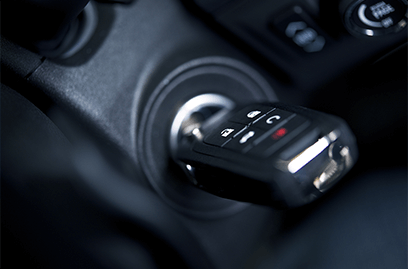Engine Idling in Fleet Management system

A vehicle is said to be in idle mode if its engine is running while the car itself is stationary. This phenomenon is prevalent among drivers and is usually considered the norm. However, when switching off is viewed through efficiency and technicality, its negative impacts come into the spotlight. Excessive fuel consumption is the main side effect of engine idling.
According to a Colorado government campaign named Engines Off!, many trucks idle up to eight hours a day, which can cost managers $5,000 to $12,000 in fuel per truck every year. Apart from that, excessive idling increases the maintenance cost of vehicles and causes severe environmental degradation. Considering all the adverse effects, engine idling must be taken more seriously. It must be noted that idling cannot be eliminated, but it can be reduced significantly. Flotilla Fleet Management Software offers the best services in this regard. We will discuss that later on, but first, we will view the main reasons for engine idling.
Reasons for Engine Idling
Drivers:
The primary reason for engine idling is the drivers, because idling is a personal choice rather than a necessity. Drivers, no doubt, are precious assets to a company, but sometimes they keep the engine idling for rest, optimal comfort, or simply because of carelessness. Without a fleet management system, it is impossible for managers to monitor driver behavior or to check whether the engine of a stationary vehicle is running or not.
Read Also: Role of Flotilla fleet management system in Driver Behavior
Cargo Pick and Drop:
Those companies that operate cargo delivery services suffer a massive loss due to excessive engine idling. The reason for that is that many vehicles are not turned off during long hours of cargo pick and drop. Certain cases must be exempt from this because there is no choice except idling. For instance, some items that are to be delivered need to be kept at a specific temperature. Apart from such cases, extinguishing is frequent during pick and drop because of carelessness or comfort. The flotilla fleet management system can monitor such situations and help managers increase their companies’ overall revenue by reducing engine idling.
Traffic:
It would seem like idling because of a traffic jam, or red lights cannot be avoided. This general belief is wrong. Route planning can be done through Flotilla fleet management, due to which long traffic jams or congested traffic points can be avoided. This, in turn, can reduce cutting.
Misconceptions:
Certain myths circulate regarding engine idling. It is widely believed that the engine should be kept running for about 10-15 minutes before the start of any trip. Another misconception is that on a quick stop, it consumes more fuel to turn the engine off rather than keep it running. These general misunderstandings cause companies thousands of dollars per year, if not more. Companies should initiate awareness campaigns and issue instructions in this regard through fleet management systems.
Optimal Solution to the Engine Idling Problem:
Flotilla IoT fleet management system is the best option for managers who want to solve the problem of excessive idling. Flotilla active trackers monitor engine idling at all times and send information to managers in this regard. Managers can also set certain checks in this regard. For instance, any particular vehicle’s idling time may be set through Flotilla. If that vehicle idles for more than that time in one or multiple cases, the alarm is triggered, informing the manager instantaneously. Other features of the Flotilla fleet management also help to reduce idling. Route planning through our software helps avoid traffic jams, which would automatically reduce idling time. Moreover, driver behavior is continuously monitored, and those drivers who idle their vehicles excessively are given less-than-average ratings. Hence, through a combination of these multiple direct and indirect approaches, Flotilla reduces engine idling to a considerable extent.
Read further: why your business needs white label GPS tracking software
